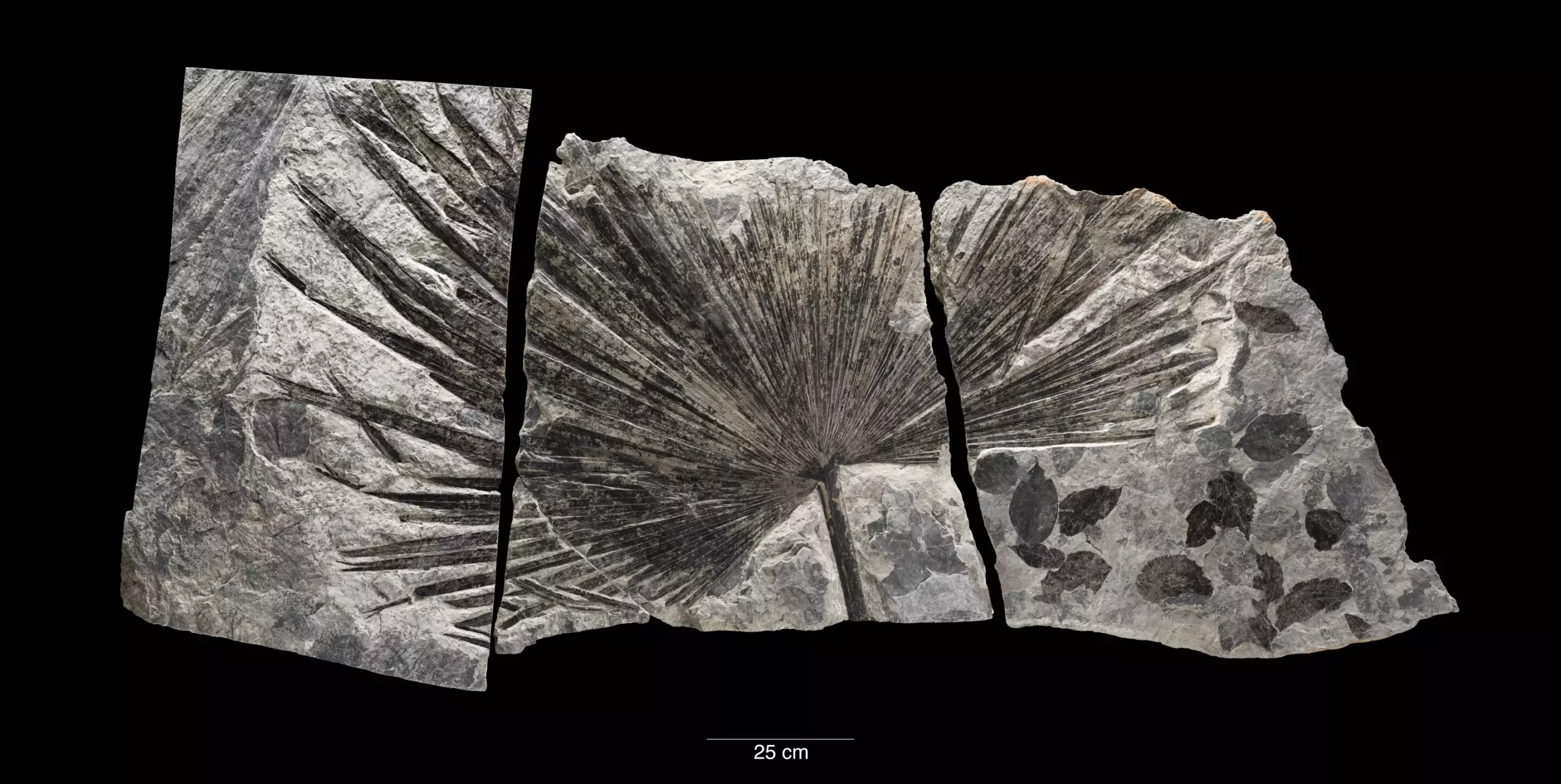

In a significant advancement in the field of paleoclimatology, a recent study co-led by researchers from the Smithsonian Institution and the University of Arizona offers an unprecedented view into Earth’s temperature trends over the past 485 million years. This research provides vital insights not only into the historical climate of our planet but also into the implications for contemporary climate change. The findings, published in the journal Science on September 19, illustrate how Earth’s surface temperature has oscillated throughout the Phanerozoic Eon—a period that has seen the diversification of life and numerous mass extinction events.
The collaborative endeavor that brought this study to fruition—featuring notable scientists like Scott Wing and Brian Huber from the Smithsonian—employs a method called data assimilation. This technique merges geological records with climate models to construct a coherent picture of ancient climates, albeit in a non-linear and complex manner. Emily Judd, the lead author, points out that data assimilation, initially designed for real-time weather forecasting, has been adapted for an ambitious task: reconstructing ancient climate conditions based on disparate pieces of evidence.
The temperature curve generated by the study reveals that global mean surface temperature (GMST) has experienced greater fluctuations than previously recognized. Historically, GMST has swung between 52°F and 97°F (11°C to 36°C), with periods of intense warmth closely associated with elevated carbon dioxide levels. Jessica Tierney, a co-author of the study, emphasizes the critical role that CO2 levels play in determining global temperatures over geological timelines. The study’s conclusions underscore the fact that when CO2 concentrations are high, so are temperatures—a relationship that has significant implications for our understanding of both historical and future climate conditions.
The researchers assert that while the current GMST of approximately 59°F (15°C) appears cooler compared to many periods throughout the Phanerozoic, the human-driven increases in greenhouse gases have resulted in unprecedented rates of warming. This quickening shift poses severe risks to ecosystems and biodiversity, reminiscent of past climatic disruptions that have led to mass extinctions. The urgency of this issue cannot be overstated, as articulated by Tierney: “Humanity, along with many other species, has evolved under a relatively cool climate, and to rapidly shift into a markedly warmer climate could yield catastrophic consequences.”
Central to the team’s endeavor is their recognition of the limitations presented by the fossil record—a collection of isolated snapshots that does not readily provide a comprehensive view of global temperatures. Fossilized remains can hint at ancient climates, but deciphering these fragmented clues into a cohesive temperature curve requires innovative approaches, such as that employed by the PhanTASTIC (Phanerozoic Technique Averaged Surface Temperature Integrated Curve) Project. Announced in 2018, this initiative aims to compile and analyze a wide array of data to understand temperature variances more clearly.
To this end, the researchers harnessed over 150,000 published data points, deriving insights from various geochemical proxies that indicate ancient ocean temperatures. In tandem, their collaborators at the University of Bristol generated over 850 climate model simulations reflecting ancient conditions. By integrating these two distinct types of evidence, the study advances the understanding of Earth’s climate fluctuations significantly.
While this paper marks a notable milestone in the scientific community’s understanding of Earth’s climatic history, Huber stresses that the research remains a work in progress. The collaborative research model will continue to evolve as new data emerges, leading to future refinements of the temperature curve. Researchers are optimistic that ongoing discoveries concerning fossil records and ancient environmental changes will further inform and enhance the accuracy of this critical research.
As the implications of this study unfold, the broader context of our planet’s climate history provides essential insights for approaching the sustainability challenges of today. By understanding the historical temperatures and their drivers across the eons, scientists can better anticipate the trajectory of future climate change, fostering a deeper appreciation for the intricacies of our planet’s climate system.
In essence, this groundbreaking research doesn’t just serve as an academic exercise; rather, it stands as a crucial reminder of the precarious balance within Earth’s climate and the urgent need to address the human-induced factors exacerbating climate change. Our understanding of the past, as illuminated by this research, will undoubtedly shape the responses required to safeguard our shared future.
Rogue waves have long been a subject of fascination and terror in maritime lore. These…
As the world grapples with public health challenges, especially those posed by infectious diseases, the…
The Sombrero Galaxy, also known as Messier 104, embodies a breathtaking blend of spirals and…
In recent advances in quantum electronics, a groundbreaking discovery leveraging the concept of kink states…
In the intricate tapestry of nature, ice often exists in a delicate balance with liquid…
In an astonishing event that captured global attention, a rogue object from beyond our Solar…
This website uses cookies.